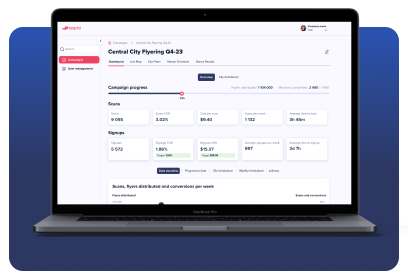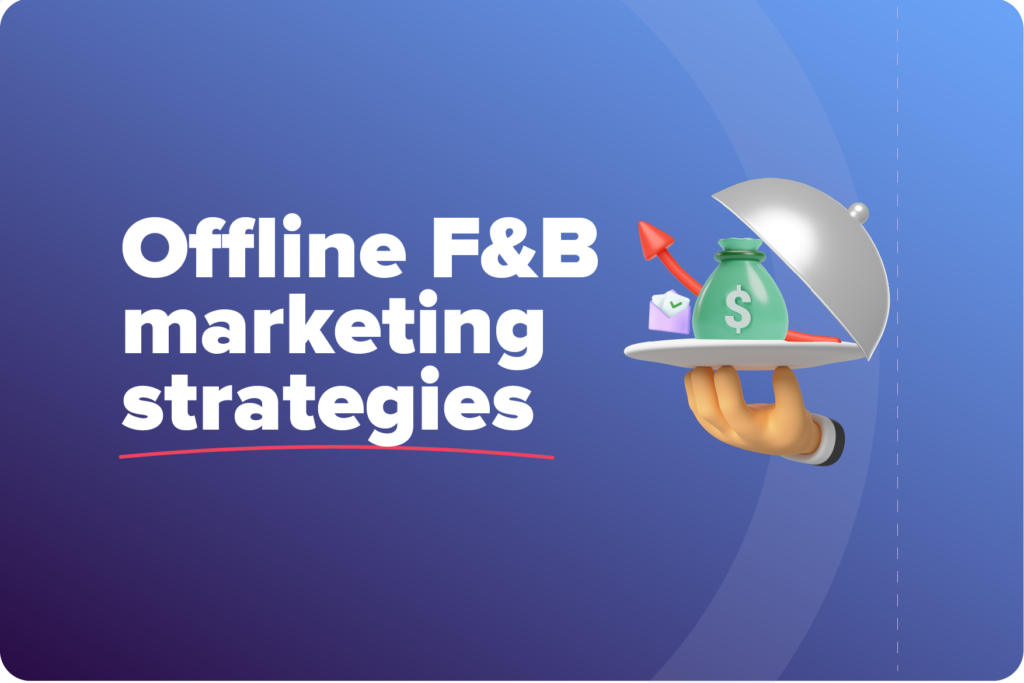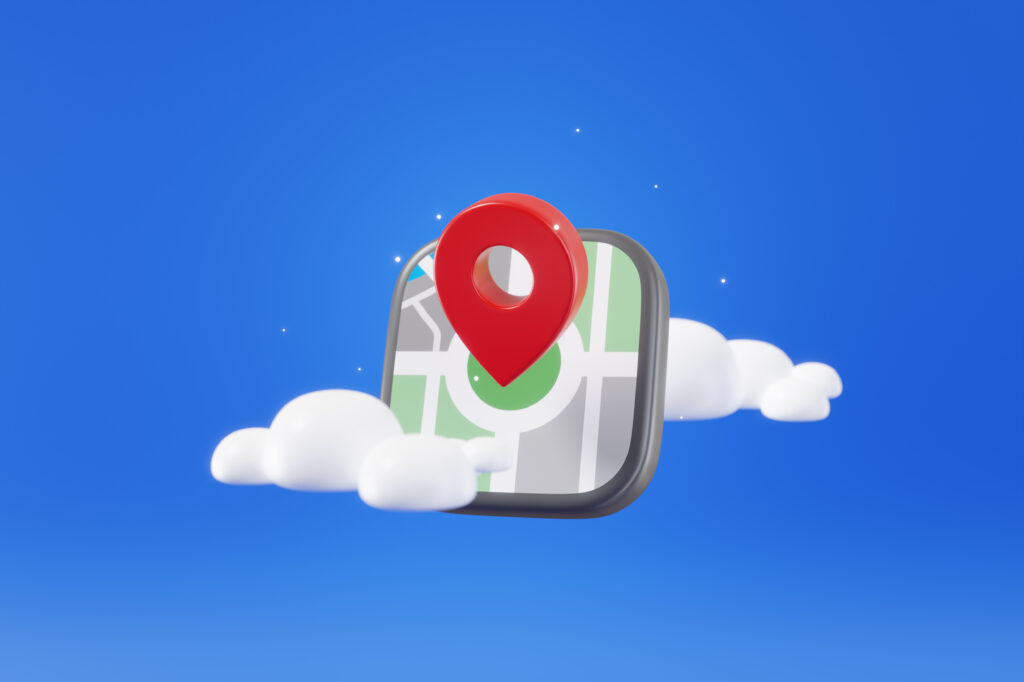But if you’re running the two channels independently, you’re missing a trick. Without integrating offline with online, you lack a cohesive strategy. Let’s jump straight into why you should integrate the two and how you can integrate them below.

Why integrate offline with online marketing?
Consumers purchase products over multiple channels; what they see offline can influence how they purchase online — and vice versa. So if you’re adopting a multi-channel approach to your marketing, why wouldn’t you measure its effectiveness as one? Without measuring your campaign’s total impact, how will you know which channels are pulling their weight? It’s simple; you won’t.Integrating your offline and digital marketing campaigns result in brand consistency, better exposure, and cohesion when reporting and understanding campaign results. Brand consistency is key — it’s what helps customers gain familiarity with your brand; customers build trust with brands they recognise.
How to integrate online and offline marketing
So you know why you should integrate them, but how can you actually go ahead and do it? Data unlocks knowledge of your customers’ buying behaviour. You can analyse how they use your site to help you understand what’s important to them. Use digital surveys to help you further analyse what they want from your brand and make changes in your real-world shop, store or restaurant to reflect your findings.
Reinforce brand awareness through email and direct mail
Email marketing is the perfect channel to build engagement with your customers — it’s still the channel with the highest ROI. So use this to your advantage — when you send out an email campaign, track who opens and engages with the content. Then send a crossover campaign via direct mail, either reinforcing the email campaign calls-to-action or sharing a ‘personalised’ offer just for them. Multiple touchpoints with your brand will increase brand awareness and improve engagement with your customers.

Share in-store promotions on social media
When you share a promotion through social media, you can gain useful insight through clicks to your website and how many customers went on to purchase. But how do you measure effectiveness when you share promotional codes for offline use? By sharing a promotional code for in-store use only. This way, you can keep tabs on how well your multi-channel approach is working and if online traffic is converting in-store.
Make use of geo-triggered promotions
Let’s say you have a restaurant or a storefront. You can create what’s called a geo-fence around a real-world business location using GPS coordinates or RFID signals. As people walk in and out of the ‘fence’ radius you’ve defined, they can trigger SMS push notifications to their smartphone. Geo-triggered marketing promotions can help you capitalise on passing trade and help you seamlessly connect the offline world with the digital.
But note you can only target customers who have allowed this form of communication when they’ve filled in your contact form or purchased an item! Or, alternatively, you could instruct a hand-to-hand flyer distribution campaign outside your restaurant or storefront. That’s what Eataly did, which resulted in a 30% conversion rate. Read the Eataly case study.
Enjoying our content? Follow us on LinkedIn to make sure you never miss an update.






